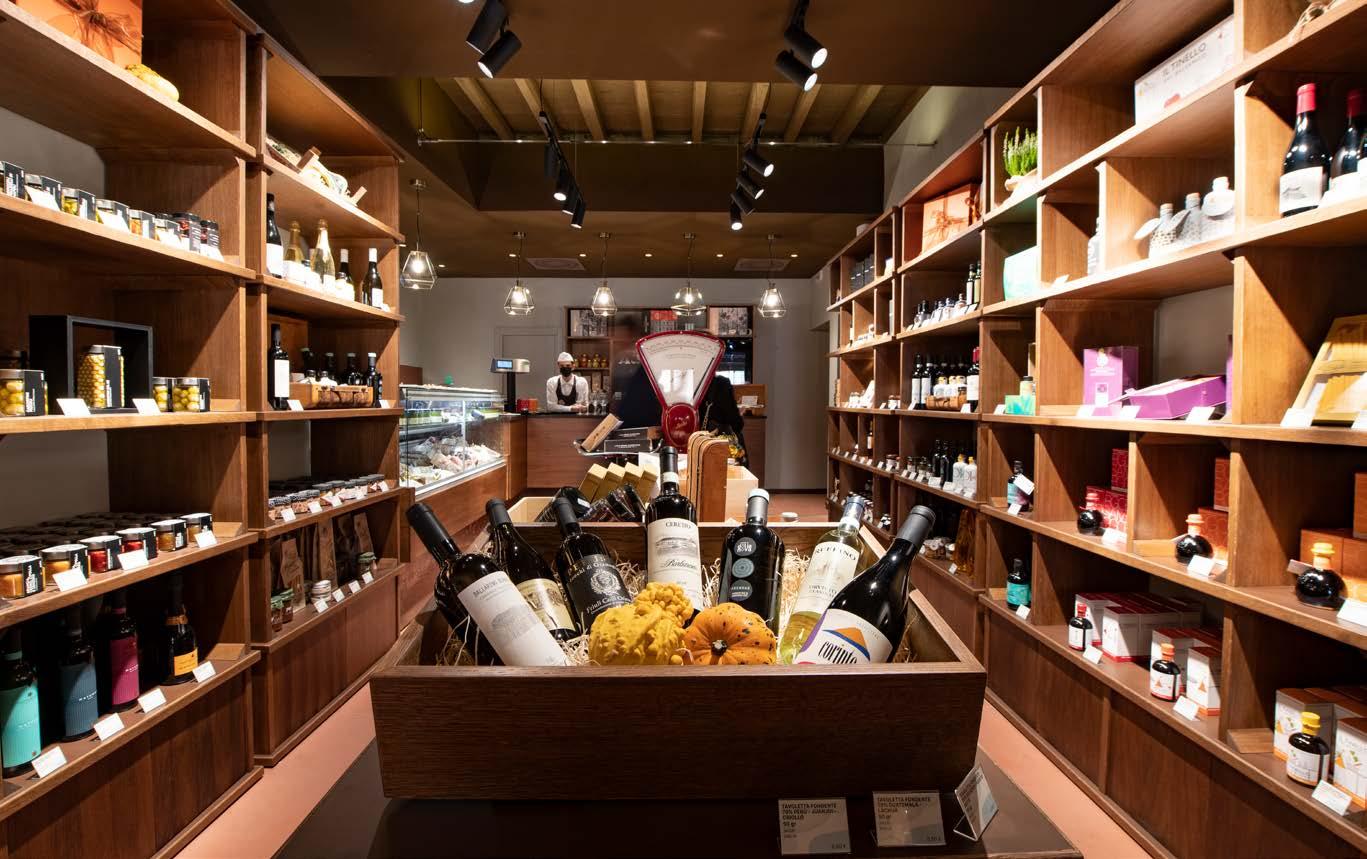
5 minute read
A NEW FOOD EXPERIENCE IS BORN
FOOD & WINE TASTING
NEW OPENING
Advertisement
Not just a store, but a journey through authentic food products, discovering values, people and territories. The new “Autentico” offers the opportunity to live an exclusive experience of Italian taste and style.
>> Autentico www.autentico-store.it Corso Magenta, 69 (Piazza Santa Maria delle Grazie) Mob: 366 6453731.
The proposal of the new “Autentico” store, right in front of the Cenacolo Vinciano, is unique in the Milanese panorama. Here you can buy a selection of excellent Italian gastronomic products, with the opportunity not only to get to know and taste genuine high quality specialities but also to meet the producers. Cured meats, jams, vegetables in oil, chocolate, wines... each product is carefully selected thanks to the experience of Only4you, a leader in the world of travel. Thanks to the Made4Italy by UniCredit programme, customers will also have the opportunity to experience the products’ places of origin. Open Tues-Sun, 10am-8pm.
PH © AFRICA STUDIO/SHUTTERSTOC.COM
TASTING
>> INSIDER TIPS
• Breakfast time in Italy can be from 6am to 11am, depending on what time you got up, and it usually includes a cappuccino, which is a morning drink, and “cornetto” or other sweet pastries. • Lunchtime usually ranges from midday to 2pm (that is why many of the shops of the shops close in these hours), dinnertime from 8pm to 10pm. • Between 6pm and 9pm it’s aperitivo time, an Italian tradition started in Milan. If you’re feeling hungry between 3pm and 5pm then it’s time for you to have a “merenda”, a quick snack between the two main meals. Should you be hungry at late night, you can check several list of latenight restaurants in Milan. • Never forget to check the restaurant’s weekly closing day, which – most of the time – will be Monday. • Reservations for most restaurants are strongly advised. • In Italy, service is included in the price meaning that although tipping is not compulsory but it is obviously appreciated as a sign of satisfaction. • Some menus include the word “coperto”, a small surcharge corresponding to the cost of the service and bread (usually between 1 and 3 euros per person). • If you want tap water, you should specify it to the waiting staff of the restaurant or bar, asking for a glass of “acqua di rubinetto”. • Although no dress code exists in Italy, semiformal clothing is usually considered de rigeur at restaurants. • All restaurants and bars are non-smoking unless a separate smokers’ area is specifically offered.
TASTING
Milanese tasting
Milan offers a cuisine featuring a number of truly unusual flavours. Here is a brief guide to make sure that you don’t miss out on several of the city’s best and most typical recipes.
PH © CARMINE ARRICHIELLO
Ristorante Da Giannino
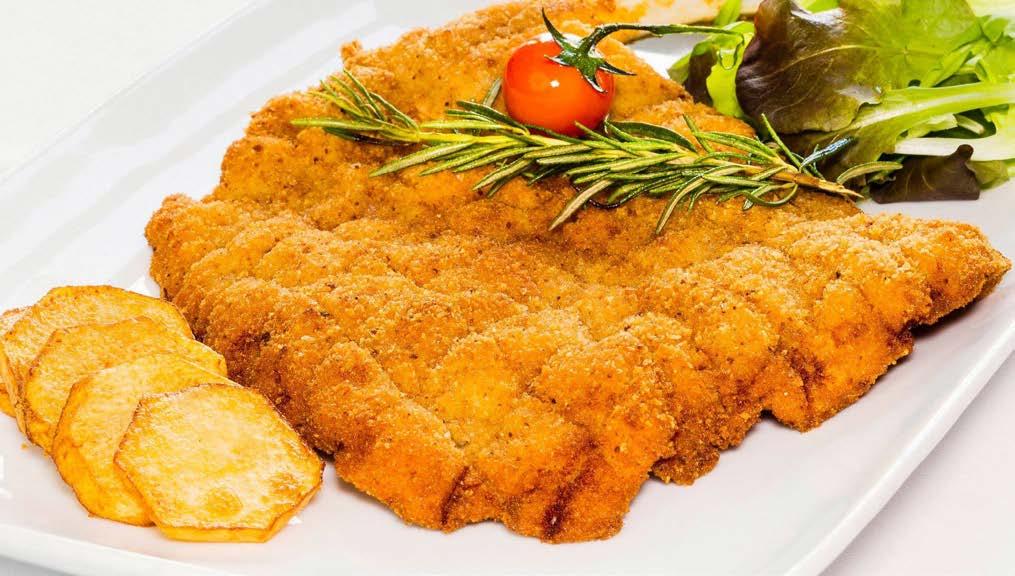
RISOTTO ALLO ZAFFERANO This is one of the few dishes boasting a specific “birth date”. In fact, legend has it that, on 8 September 1574, master glassmaker Valerio di Fiandra was presented with a dish of saffron-coloured rice at his daughter’s wedding feast after which time it became an iconic dish of Milanese cuisine. Master Chef Gualtiero Marchesi has transformed this delicacy into a real work of art, with the addition of a square of edible gold leaf! We also suggest trying its crunchier version: so-called “riso al salto”. Try the creative dishes signed by Carlo Cracco at his restaurant in Galleria Vittorio Emanuele (www.ristorantecracco.it)
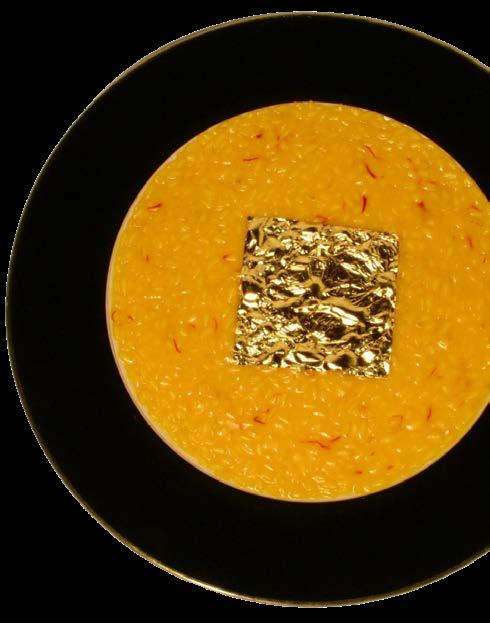
TASTING
COTOLETTA ALLA MILANESE Mentioned for the first time in1500 at the court of the Sforza, its “invention” was a source of contention with the Viennese who laid claim to its origin. According to the traditional recipe, the veal slices used should be at least as thick as a finger, coated in egg and bread crumbs and deep fried in butter. One of the best places to eat breaded veal cutlets in Milan is at “Da Giannino” (www.gianninoristorante.it) or at the “Al Garghet” restaurant (www.algarghet.it).
TRIPE (OR BUSECCA) A hearty winter dish that will keep the cold out, its main ingredient is the stomach lining of sheep or cows. It was originally served to celebrate special occasions in the peasant world. Upgrades include the addition of oysters and caviar and can be sampled at Michelinstarred osteria, “Al Pont de Ferr” at the Navigli district (pontdeferr.it).
CASSOEULA Acccording to the history books, composer and conductor Arturo Toscanini was mad about this dish
Mondeghili
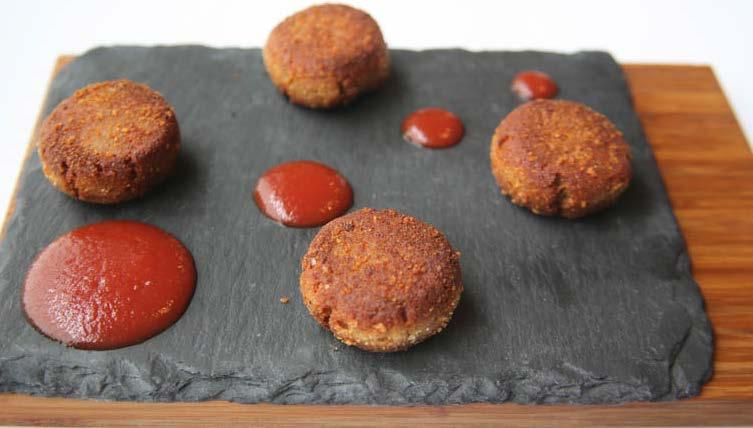
PH © CALTISSIMOACETO
TASTING
STEFANOTRIULZI PH © LORENZO CHINI PH ©

Cassoeula Tripe
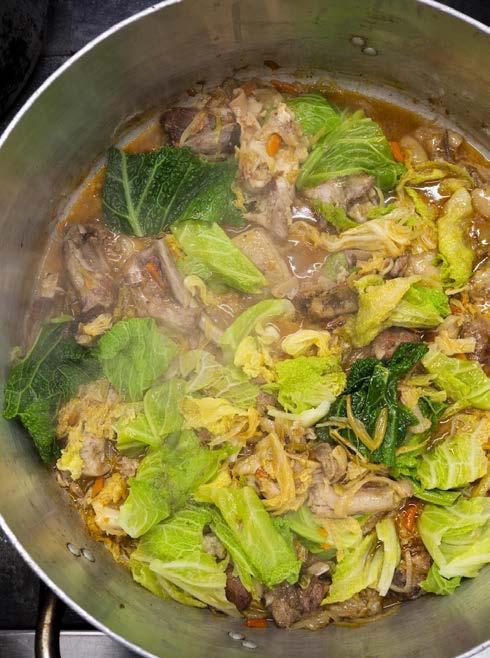
made from pork (sausages, pork rinds and spare ribs) and cabbage. For a taste of old-world Milan, suggest you try it at “Antica Trattoria della Pesa” in Via Pasubio (www.anticatrattoriadellapesa.com).
MONDEGHILI Small meat balls fried in butter and oil and a signature dish of renowned chef Bruno Barbieri who has made them an art form. You can taste the traditional Milanese meat balls at “Al Matarel” (www.almatarel.it).
PANETTONE Boasting 500 years of tradition, panettone is a type of large, sweet bread, leavened very slowly and enriched with raisins and candied fruit. Amidst history and legend, the theories as to the origins of panettone vary widely. One of the most romantic is the story linking its invention to Ugo, a young falconer employed by Prince Ludovico il Moro. Ugo yearned to conquer the heart of the daughter of a poor baker named Toni.
TASTING
To win her over, the nobleman disguised himself as a baker and invented a rich bread in which he added to the flour and yeast, butter, eggs, dried raisins and candied lemon and orange peel. The fame of the bread spread far and wide and became known as “Pan del Toni” (Toni’s bread). According to history, the tradition of panettone is documented by a manuscript conserved at the Biblioteca Ambrosiana dating back to the 15th century. Already at that time, on the night of 24 December, it was customary for the pater familias to place a huge log in the fireplace and to slice the large loaf of bread which he then distributed among those present. From a gastronomic point of view, the distinguishing feature of panettone is that it is leavened two or three times. Its golden colour derives from the skilful combination of butter and egg yokes, while its overall beauty is completed by the orange, green and brown notes resulting from the addition of candied fruit and raisins. The gourmet trick is to warm it for a few minutes in front of an open oven or on top of a radiator before serving it.
Cracco









